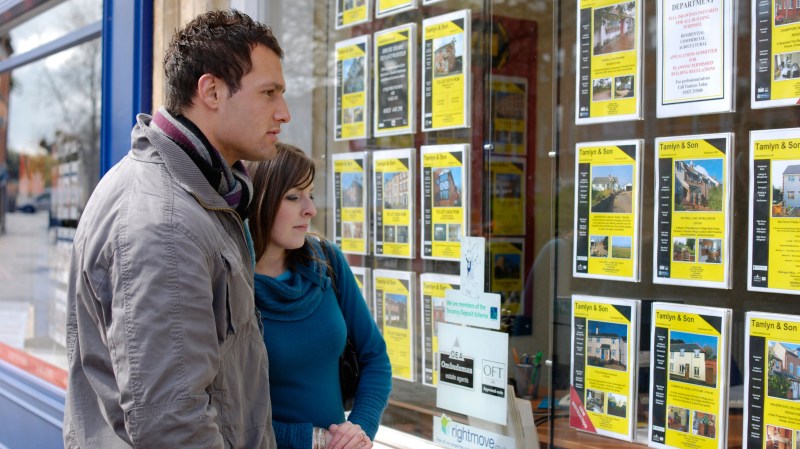Bank of Mum and Dad hands out £9.4bn to help children buy a home
The Bank of Mum and Dad lent or gave £9.4 billion to their children last year to help them on to the property ladder – almost double the total five years ago.
An analysis of UK Finance data by Savills, the estate agency, found that nearly six in ten, or 57 per cent, of mortgaged buyers joining the property ladder in 2023 had received some kind of help from parents or other family members, which equated to 164,000 people.
It was the first time since 2013, when the Help to Buy scheme was launched, that more than half of new market entrants had received help from family members.
Help to Buy, which was ended on March 31 last year, offered the buyers of newly built homes a government loan of up to 40 per cent of their purchase price, with no interest payable for five years. The scheme helped 328,346 first-time buyers who in general would not have been able to afford to buy a home otherwise, with the total value of homes bought being £24.7 billion. In total, the scheme supported 31.4 per cent of all new homes sales.
Although it boosted the purchasing power of first-time buyers, the scheme was closed in part because it also served as a huge indirect cash handout to developers by driving up the prices of their homes; this gave it the nickname of “Help to Sell” among its critics. The Times revealed that the previous government had considered reintroducing the scheme last year, but the new Labour administration has promised to overhaul the planning system and to build more new homes instead.
“With no obvious scheme replacing the support provided, a far greater proportion of buyers are relying on family members to help them take their first step onto the property ladder,” said Frances McDonald, Savills’ director of residential research.
The £9.4 billion handed to first-time buyers to help them to overcome high prices and soaring mortgage rates in 2023 was a sharp increase from £8.9 billion the year before and from £5 billion in 2019, Savills’ found.

McDonald added that double-digit rent increases in many areas last year also had made it harder for tenants to save to buy properties.
“Record rental growth and increased mortgage rates, particularly for large loans, have acted as a further blow to first-time buyers’ home-owning aspirations,” she said. “As a result, a greater proportion have needed support to get on to the housing ladder and those who were able to took advantage of family support to try to secure a deal at a lower mortgage rate.”
The scrummage for new rental properties is continuing, as an ever-smaller number of tenants are able to escape the sector in order to buy homes. Hello Neighbour, the landlord platform, said there were 52 viewing requests for every property on its books in July. However, in some affordable areas the situation is significantly worse, with 216 tenant requests to view each property in the Borough of Havering, east London, where prices are comparatively cheap – the highest regional number. The situation was worse a year ago, with 93 requests per property overall on the platform’s books.
Savills predicts that the proportion of first-time buyers helped by their parents to get onto the ladder will fall to 54 per cent this year and then to 51 per cent the following year before reaching 50 per cent in 2026. However, as the property market speeds up and as more people buy homes, the actual number of those receiving assistance is predicted to increase to reach 170,000 in 2026.
The agency believes that, cumulatively, families will provide £30 billion more help to first-time buyers over the next three years, as mortgage rates remain stubbornly high, and that the so-called Bank of Mum and Dad will remain considerable source of funding for the forseeable future. The average interest rate for a mortgage with a 10 per cent deposit was 5.66 per cent in July and it was 6.08 per cent for a five per cent loan – roughly double the rate offered in summer 2022. “Despite the Bank of England’s recent decision to cut the base rate, we expect that lenders will continue to favour less risky, lower loan-to-value [larger deposit] mortgage lending,” says McDonald.






